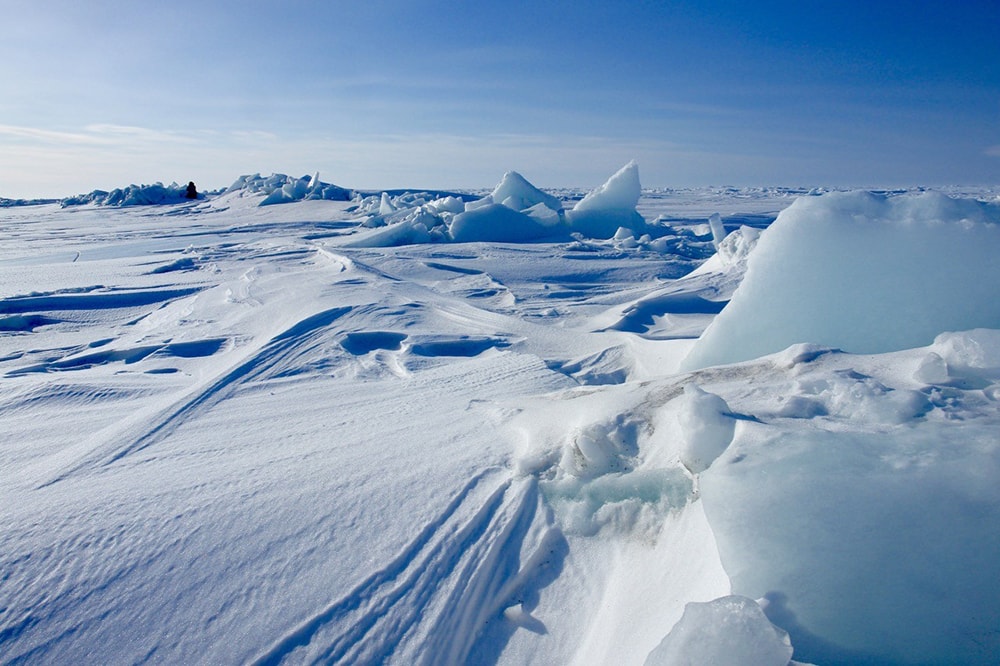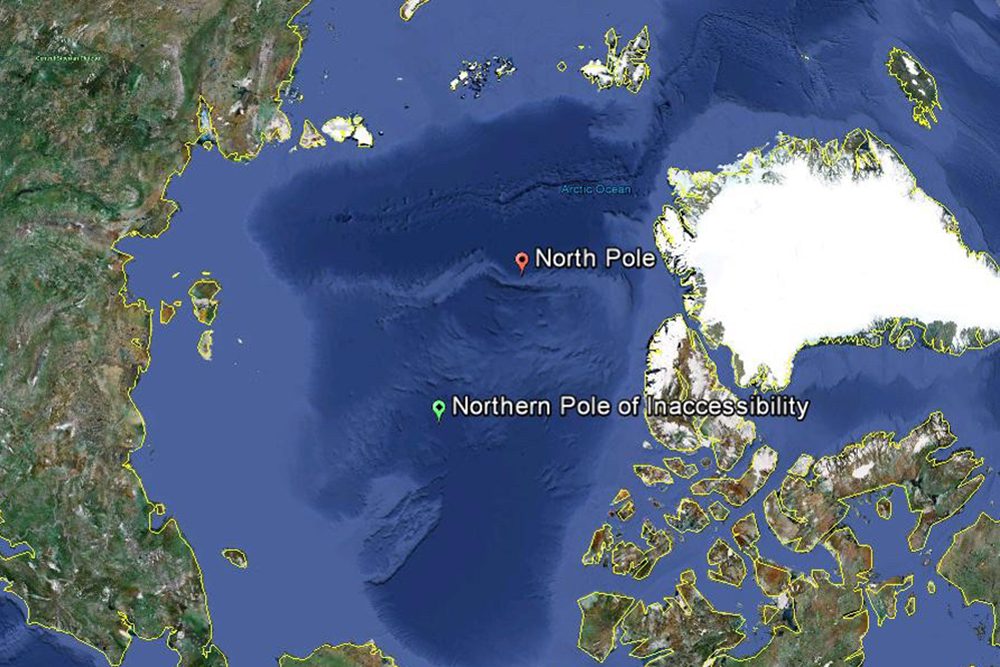The poles of inaccessibility are arguably the true last frontiers for explorers. But what and where are they?
I’ve long been fascinated with the most remote places on Earth and the epic journeys of discovery to reach them. I’ve spent countless long mornings in bed leafing through giant reference books on the Heroic Age of Antarctic Exploration and even longer afternoons poring over immense maps detailing epic quests across untamed oceans.
It was the names of Amundsen, Livingstone and Magellan and their unfathomable tales of distant lands, high seas and adventure that first inspired me to travel. For modern explorers, the poles of inaccessibility represent the outer limits of mankind’s grip on our planet.
What are the poles of inaccessibility?
Not to be confused with the North and South Poles, the poles of inaccessibility are the hardest-to-reach places on the planet. They are defined as geographic locations farthest from a point of access, be it coastline, landfall or other notable geographic features. These locations are often featureless, hostile and always remote.
Typically, there will be no landmark, monument or spectacle to see when reached, hence they are usually only of interest to the explorers and adventurers of the world.
Northern pole of inaccessibility
Coordinates: 85°48′N 176°9′E
Location: Arctic Ocean
Also referred to as the Arctic pole of inaccessibility, the northern pole of inaccessibility was initially thought to be located 214km (133mi) from the current position and several expeditions have been made to cross it. The first notable attempt was by Sir Hubert Wilkins who tried to fly a plane over it in 1927. He eventually achieved the feat in 1928.
In 1969, Sir Wally Herbert claimed to have reached the northern pole of inaccessibility en route to the North Pole. Herbert was awarded an Arctic bar – added to his previously achieved Polar Medal – and received awards from the Royal Geographical Society as well as other institutions. The problem was he’d gone to the wrong place.
The true location of the northern pole of inaccessibility was confirmed by the National Snow and Ice Data Center and Scott Polar Research Institute when they re-established the position using GPS and satellite technology. The new coordinates were published in 2013.

The…
Click Here to Read the Full Original Article at Atlas & Boots…
